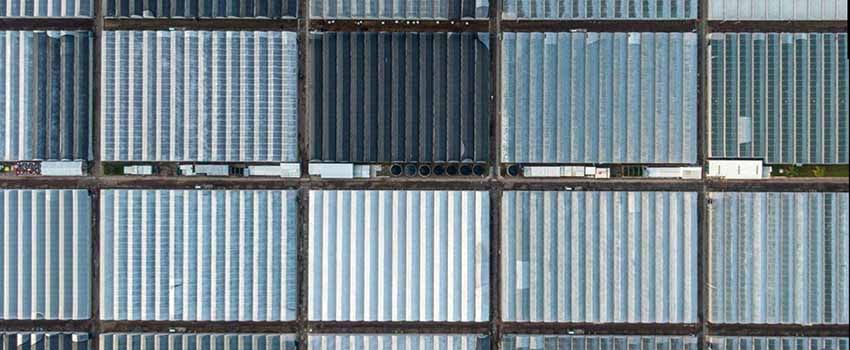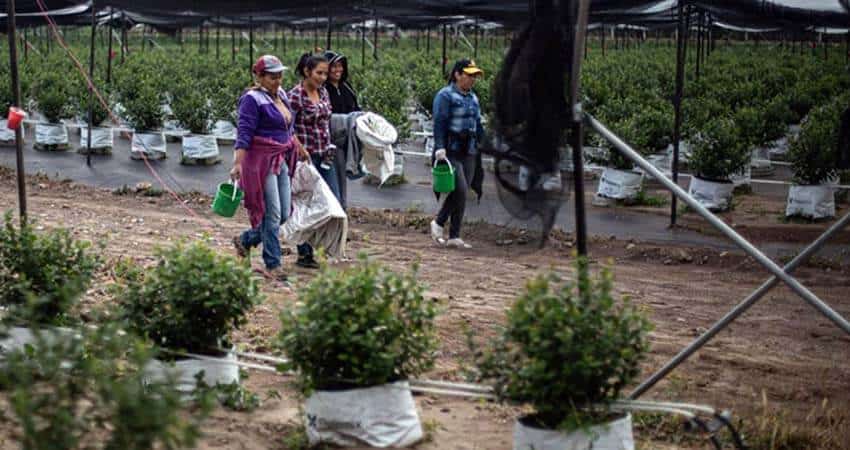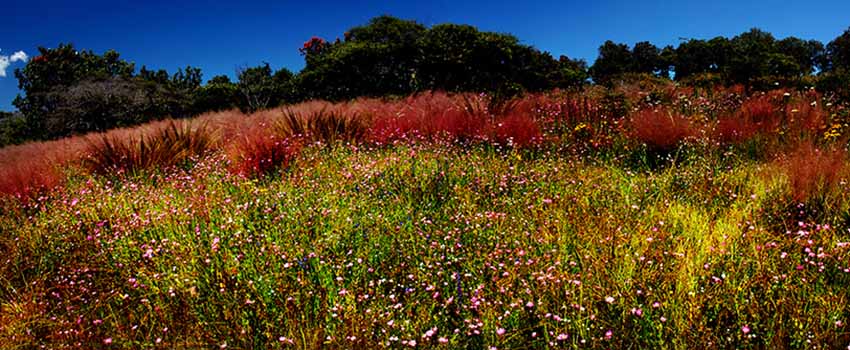Berries are in. Everyone likes them because they are rich in antioxidants and because people in the know are interested in healthy food.
Mexico has certainly cashed in on this berry-loving revolution. More than 75% of fresh blackberries consumed in the United States are grown in Mexico, according to the North American Raspberry and Blackberry Association. The Berry Rush is in full swing in the states of Michoacán, Jalisco, Baja California, Guanajuato, México state and Puebla.
Farmers are ready to try something new instead of corn and potatoes. Berry-producing companies have figured out how to consistently produce great harvests here — and they guarantee Mexican farmers that they will buy their produce. What could be better?
According to the newspaper El Informador, berry cultivation in Jalisco has tripled in the last five years and now outstrips exports of the state’s emblematic beverage, tequila. Berry-growing companies arrive in farming communities with big promises of prosperity: money for landowners who lease out their property to the company and good-paying jobs for local workers.
Berries Paradise, for example, founded in 2008 in Tuxpan, Jalisco, describes itself as “an environmentally friendly operation,” that “allows people to prosper in Mexico without the need to migrate to survive.” Berrymex — founded in Jocotepec, Jalisco, in 1991 — says its focus is on “delighting consumers while generating prosperity for our workers in the field and in the communities where we operate.”

At first glance, it would appear that the only negative aspect of berry growing is its need to be done in what growers call multi-bay tunnels, typically made of white plastic sheeting that’s visible for kilometers. Fields planted with corn, potatoes or cabbages are green and fit right in with the trees and bushes you expect to see in the countryside.
But plastic is anything but charming, which is why Pueblos Mágicos like Tapalpa, Jalisco, are up in arms about them, saying that the berry farms’ visuals affect their picturesque image. “State and federal authorities have abandoned our communities when it comes to controlling berry farming here,” said Antonio Morales, Tapalpa’s ex-mayor.
Other communities claim the berry industry has brought them nothing but calamities.
Quila el Grande, Jalisco, which sits at the northern end of La Sierra de Quila — an extraordinarily beautiful protected area famous for its pine and oak forests, huge rocks and waterfalls, lies 80 kilometers southwest of Guadalajara. It’s one of these towns with green hills that have turned white.
“A berry company called Vitatellus got a foot in the door here by buying a ranch,” said local businessman Sergio Camacho. “Then, once they were established, they began renting the surrounding land. They began with 40 or 50 hectares, but now they’ve got more than 100.”
“The main problem with Vitatellus, which seems to work hand-in-hand with Berries Paradise,” says Camacho, “is that they’re causing us to run out of water. They need so much that they are continually digging deeper wells in order to get it.”
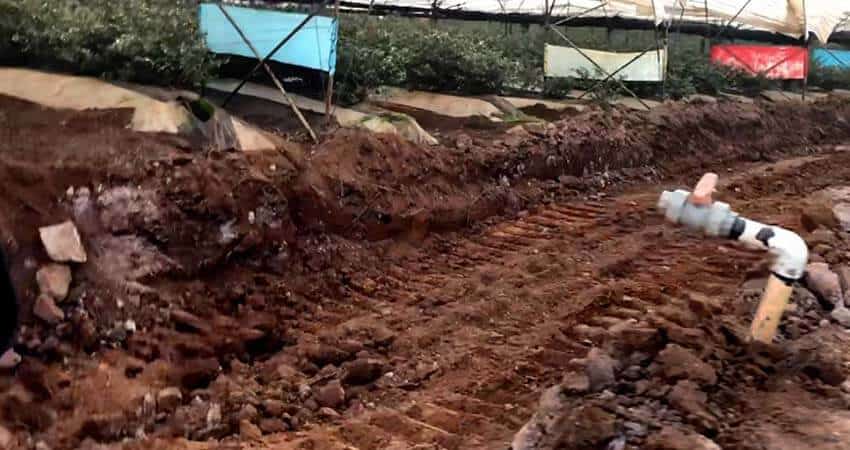
Not only that, but according to Camacho, although berry companies purport to bring prosperity to small communities, what they actually do is bring in cheap labor from faraway places.
“Let’s say, for every 100 people working for Vitatellus, four are from Quila and all the others are from Hidalgo, Chiapas, Toluca and who knows where else,” he said.
But even those imported workers aren’t profiting, Camacho said.
“They tell people in Chiapas that they are going to make big money, but once they’re here, they pay them una miseria (a pittance), and now what can they do?” he explained. “They’re not the least bit happy, but they’re stuck. These people are being abused.”
The problems also expand out to local farmers, who don’t usually have 1.7 million pesos handy to invest in berry farming and lease out their land to a large berry-growing company for about what they would get if they planted more traditional crops.
“What they don’t know,” says Francisco Quintero of the Selva Negra Foundation, “is that they will never be able to grow corn on their land in the future because the berry companies sterilize it with boron gas — which, because it is bio-accumulative, stays put in the soil permanently.”

Berry farms also often lead to the degradation of local roads due to their use of heavy machinery, as well as the refusal of many of these companies to cooperate in road maintenance and repair.
“And then there is the sewage problem,” Camacho said. “The huge number of workers brought here from outside are overloading the sewage system. All the aguas negras (human waste) produced by this expanded population are running directly into the river, causing a disastrous pollution problem. And because they’re drying up our aquifers, there’s very little water in the river anymore, just sewage.”
Camacho’s uncle, Ignacio Luquín, agrees with his nephew’s claims.
“But,” he says, “I want to add something to his comments. The laborers [that] they are busing in from all over Mexico are being given food and shelter all right, but they have to pay for it. The food is bad, the dormitories are a disgrace and they’ve set up ‘company stores’ reminiscent of the tiendas de raya in vogue during the last days before the Mexican Revolution.”
The tiendas de raya played a strategic role in entrapping laborers in the days of Mexican president Porfirio Díaz. Miners, for example, could get anything they wanted on credit at the company store, including tempting items they really didn’t need. Soon they racked up huge debts they could never pay off, assuring the mining companies of a never-ending supply of cheap labor.
All the berry companies mentioned here were contacted for comment, but none responded.
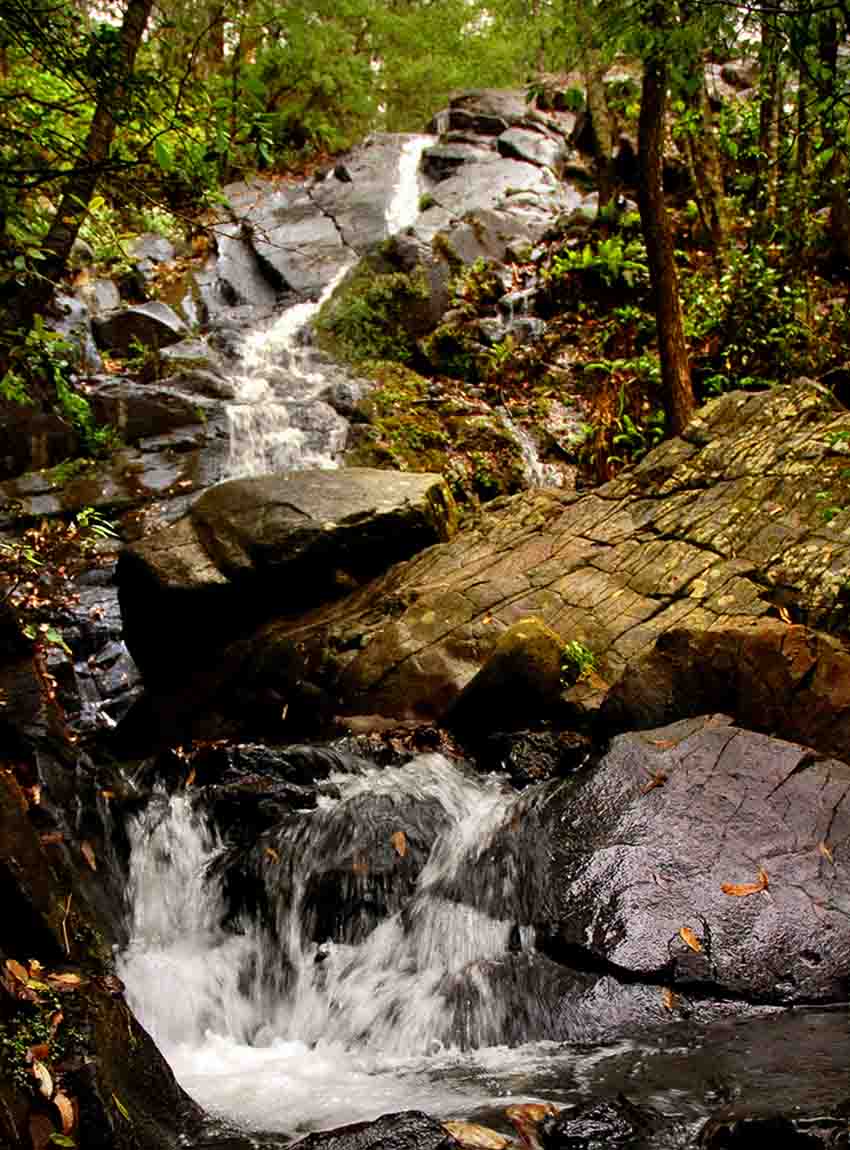
“This was such a beautiful place to live,” Quila resident Cindy Valenzisi wrote to the newspaper The Guadalajara Reporter, “but, unfortunately, it is being used and abused by a berry company that continues to expand. How can we stop, slow or change the impending doom looming over Quila?”
The writer has lived near Guadalajara, Jalisco, since 1985. His most recent book is Outdoors in Western Mexico, Volume Three. More of his writing can be found on his blog.

